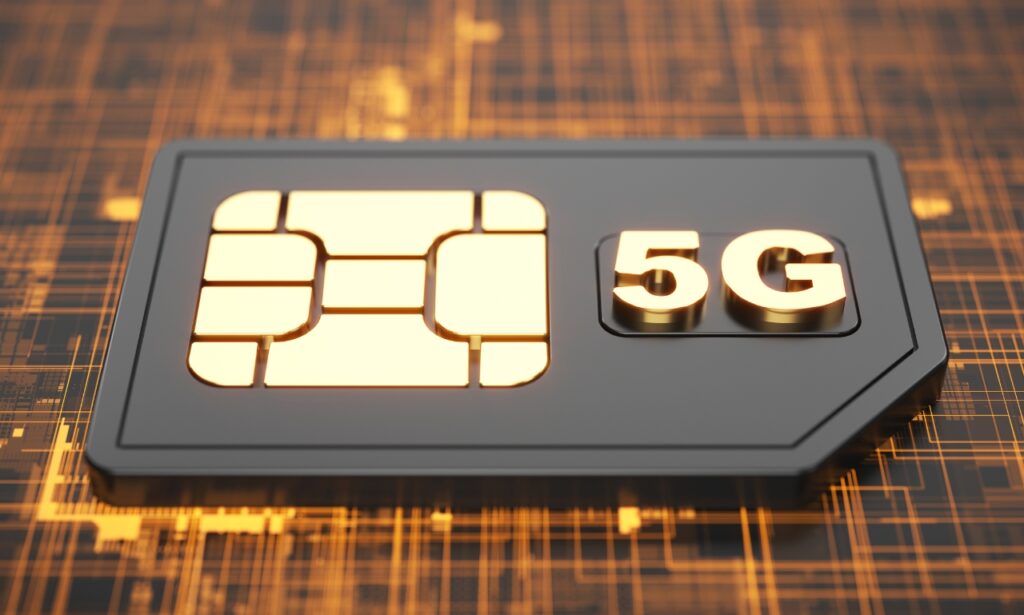In the fast-paced world of technology, advancements in wireless connectivity have always been a focal point of innovation. From the early days of 2G to the widespread adoption of 4G LTE, each generation has brought about transformative changes in how we communicate, work, and interact with the digital realm. Now, with the emergence of 5G networks and the anticipation surrounding the promise of 6G mobile internet technology, we find ourselves on the cusp of yet another revolution in connectivity.
Understanding 5G Networks
At its core, the 5G internet represents the next leap forward in wireless broadband technology. We are reinventing connectivity with 5G, so it differs significantly from its predecessors. With speeds reaching up to 20 gigabits per second (Gbps) and latency as low as one millisecond, 5G promises to deliver a truly immersive and seamless online experience.
One of 5G’s key characteristics is its ability to support many connected devices simultaneously. With advanced technologies such as massive multiple-input, multiple-output (MIMO), and beamforming, 5G networks can allocate bandwidth more efficiently and accommodate the growing demands of the Internet of Things (IoT).
In addition to its technical capabilities, 5G is also driving a wave of innovation across various industries. 5G technology has a vast array of applications, from self-driving cars to remote healthcare to augmented reality. For consumers, this means faster download speeds, smoother streaming experiences, and new possibilities for connected devices in every aspect of daily life.
Exploring 5G Applications
One area where 5G is making a significant impact is in the realm of fixed wireless access (FWA). Traditionally, broadband internet has been delivered to homes and businesses through wired connections such as fiber or cable. However, with the advent of 5G, providers now have the opportunity to provide high-speed internet wirelessly using cellular networks.
A fiber-optic network would be particularly beneficial to rural and underserved areas where it may not be feasible to lay down fiber infrastructure. By leveraging 5G technology, providers can offer fast and reliable internet access to previously left-behind communities. Moreover, with the deployment of advanced antennas and small cells, 5G FWA can deliver gigabit-level speeds to homes and businesses, rivaling traditional wired connections in both performance and reliability.
Another exciting application of 5G technology is the rise of private networks. Traditionally, cellular networks have been operated and managed by telecommunications companies for public use. However, with the advent of 5G, businesses now have the opportunity to deploy their private cellular networks tailored to their specific needs.
These private networks offer several advantages, including enhanced security, reliability, and control over network resources. The manufacturing, logistics, and healthcare industries have already begun integrating private 5G networks into their operations and driving innovation. Whether they enable real-time monitoring and control of industrial equipment or provide secure and reliable communication for healthcare facilities, private 5G networks are unlocking new possibilities for businesses across the globe.
Looking Ahead to 6G Technology
As exciting as 5G may be, the future of wireless connectivity is already on the horizon with the promise of 6G technology. While 5G networks are still in the process of being deployed and optimized, researchers and engineers are already hard at work exploring the potential of the next generation of wireless technology.
So, what can we expect from 6G? If early projections are any indication, the possibilities are truly mind-boggling. With speeds potentially exceeding one terabit per second (Tbps) and latency approaching zero, 6G promises to deliver an entirely new level of connectivity and performance. Imagine downloading an entire HD movie in a fraction of a second or streaming immersive virtual reality experiences with no perceivable lag. These are just a few examples of the transformative capabilities that 6G technology could bring to the table.
Rather than just focusing on speed and latency, the problem is more complex. 6G is also expected to introduce new paradigms in wireless communication, such as terahertz frequency bands and intelligent beamforming techniques. These advancements will not only enable faster and more reliable connections but also open up new opportunities for applications such as holographic communication, real-time translation, and even mind-controlled devices.
Moreover, unlike previous generations of wireless technology, 6G is expected to be more than just an evolution; it’s likely to be a revolution. With the convergence of artificial intelligence, quantum computing, and advanced materials science, 6G has the potential to reshape entire industries and redefine the way we interact with technology.
In conclusion, the journey from 4G to 5G networks has been nothing short of remarkable, ushering in a new era of connectivity and innovation. The 5G network already transforms the way we live, work, and communicate by offering blazing-fast data speeds and low latency.
However, as impressive as 5G may be, the best is yet to come with the promise of 6G technology. With its unprecedented speeds, near-zero latency, and transformative capabilities, 6G has the potential to revolutionize entire industries and unlock new possibilities for human civilization.
It is truly boundless how 5G and 6G will revolutionize healthcare, empower smart cities, and enable autonomous vehicles. It is possible for the future of connectivity to be limitless, and there is much to come.

